Finally we got to this remote and different corner of Southeast Asia - the Philippines. The acquaintance with the islands traditionally began from the capital Manila.
Visa for the Philippines.
Citizens of the Russian Federation do not need a visa to the Philippines if they plan to stay for no more than 30 days. At the entrance they put a stamp in the passport. However, there is a mandatory requirement - the availability of return tickets in a printed (!) Form. That is, theoretically, you can be deployed at the border even if you have a return ticket, but it is in electronic form. In addition, there is a need to prove sufficient funds in the official requirements.Jeepney at Manila Airport, Philippines
In practice, we got the following: we flew out of Taiwan, having previously printed out tickets in the 7/11 chain of stores. When checking in for a flight at Taipei airport, we were asked for return tickets, and moreover, we were not satisfied with the printout. I had to show the paid ticket in the Air Asia app. So those who like to show fake tickets are not advised to risk it. Upon arrival in Manila, they did not ask us anything at the control.
Manila: first impression
We flew in after dark. The first thing that caught my eye as soon as the bus left the airport was the darkness. The streets were poorly lit and the light came mainly from the headlights of cars. Very gloomy concrete buildings, wires and a lot of poor people who just live on the street. We finally realized and were horrified by this phenomenon when it was already dawn, and we got to one of the most representative areas of the city - Ermita. This is the area of attractions, universities, hotels and embassies.
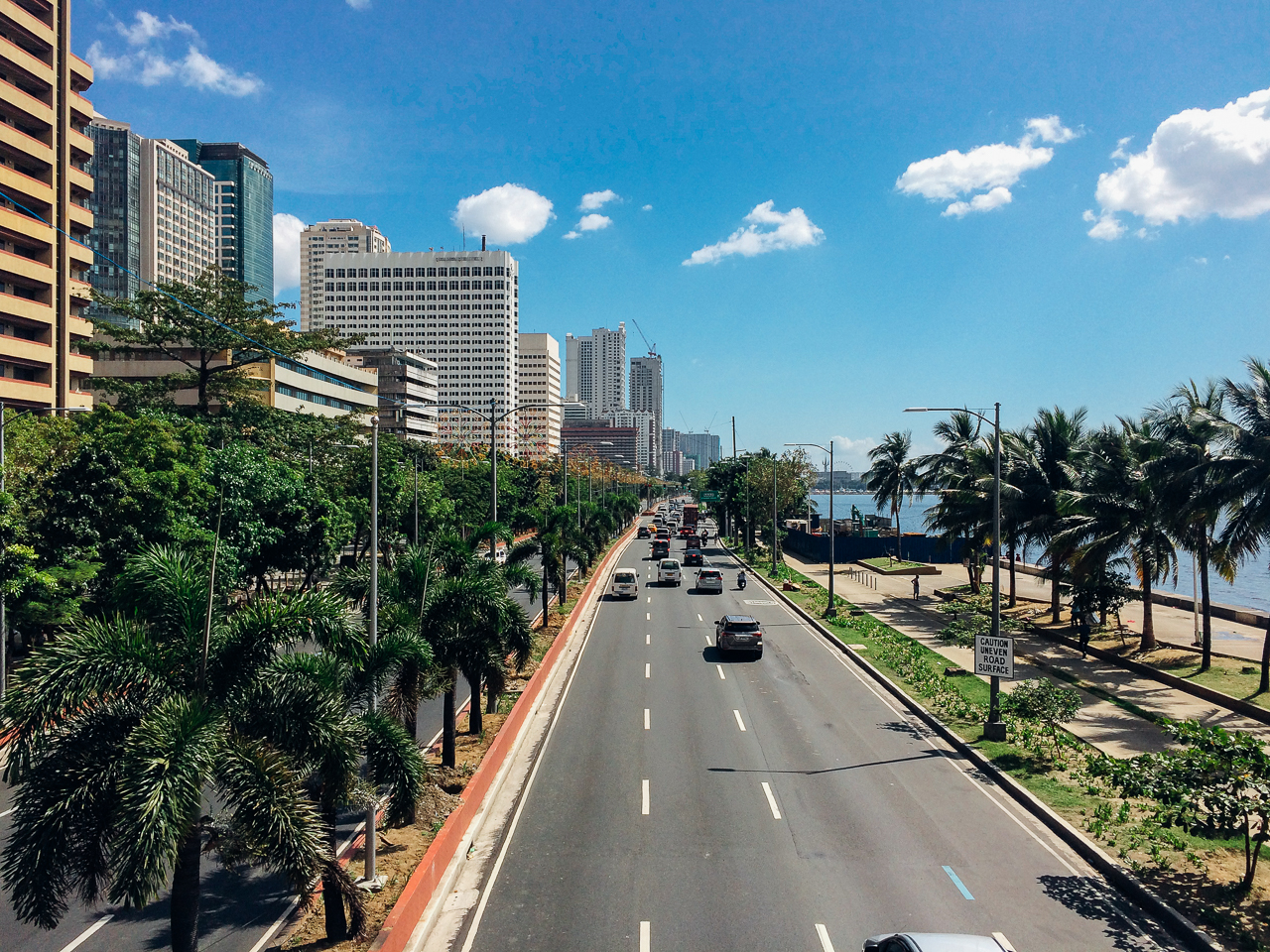
The Ermita area is decent-looking, but there are a lot of homeless people
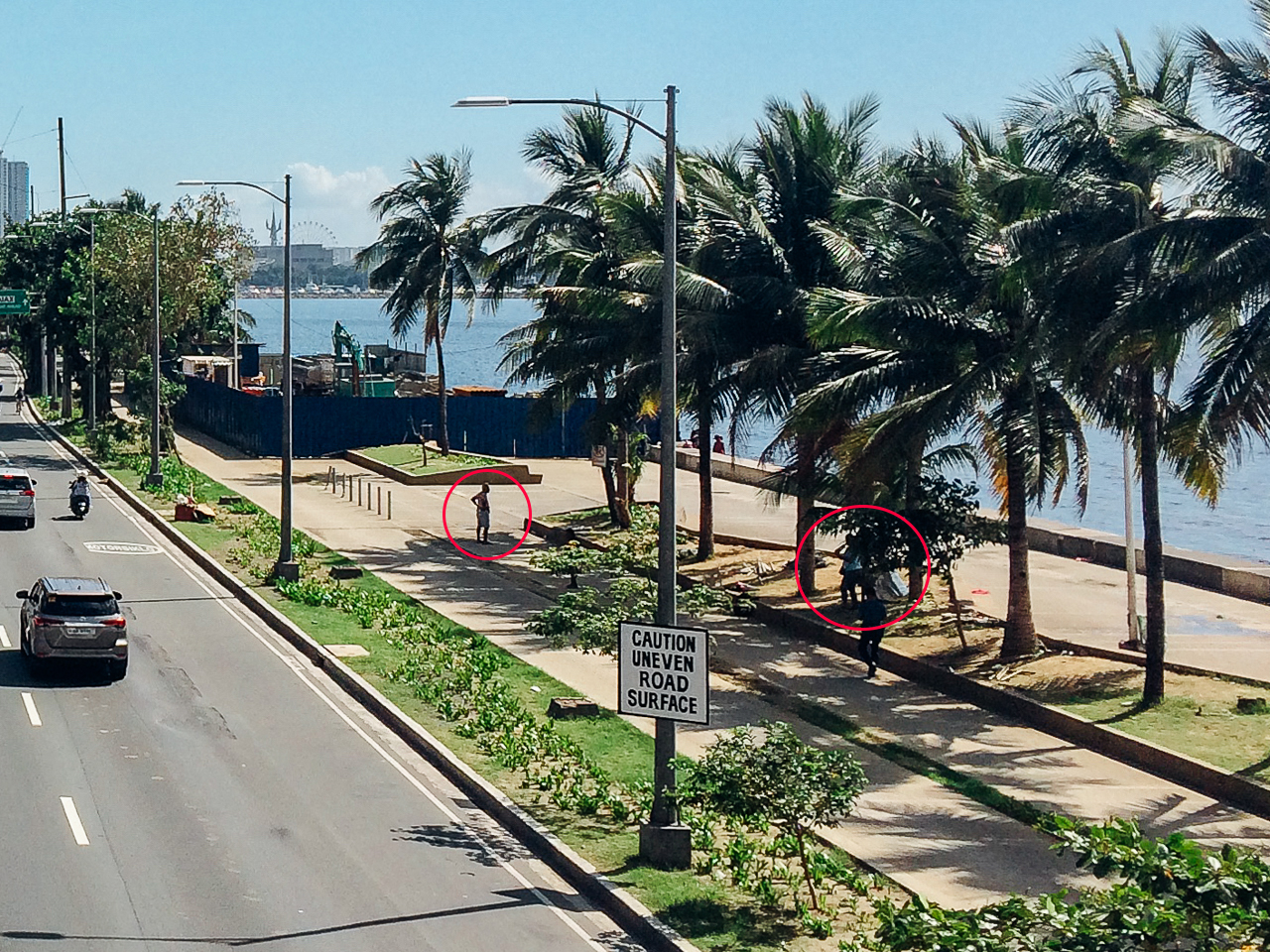
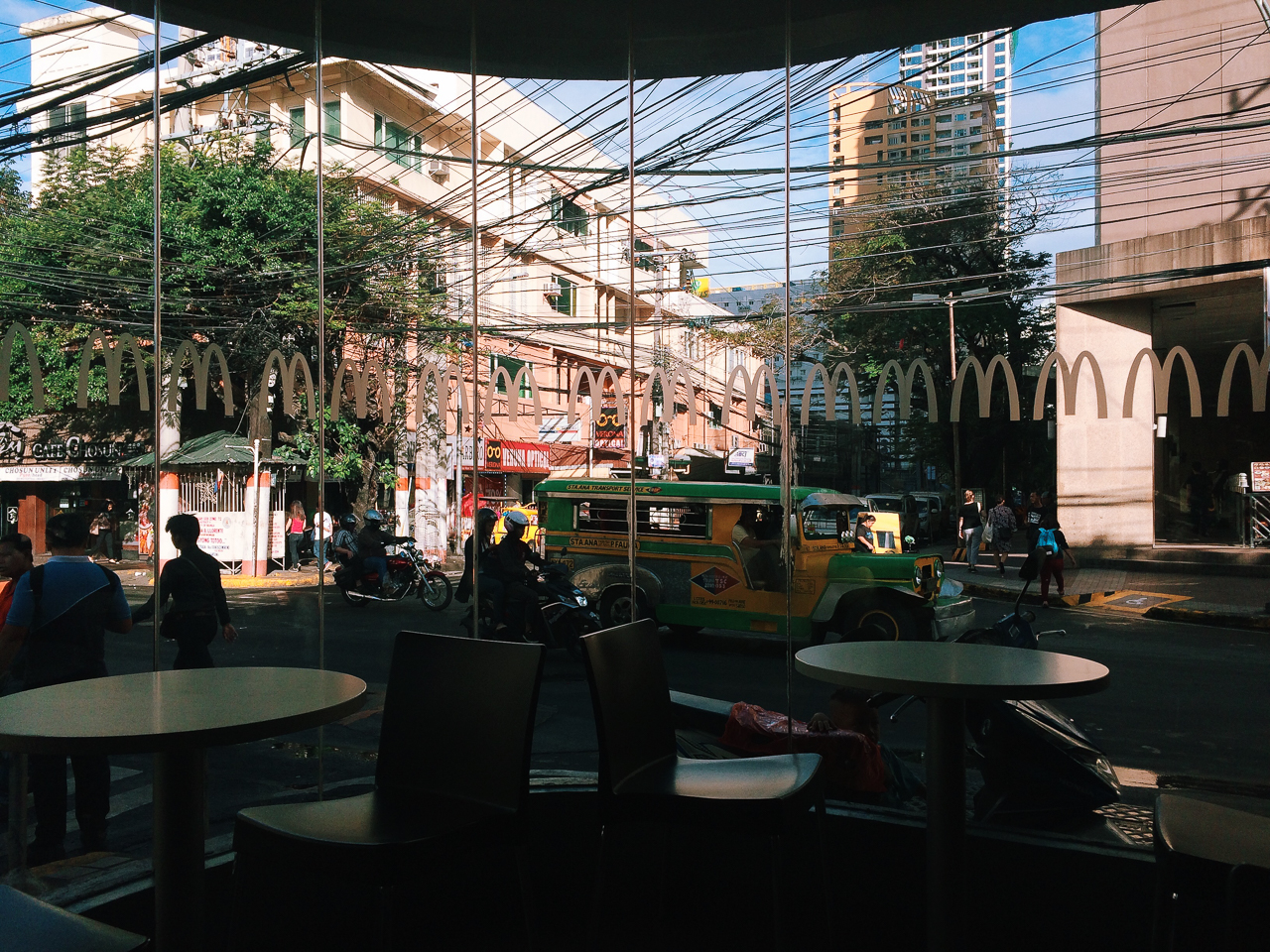
Street view from McDonald's
It was too early to check in and the shopping centers were closed. We went to the embankment: we were greeted by black mud from garbage instead of the sea and all the same homeless people on the lawns. They "took refuge" in the only working establishment in the district - McDonald's.
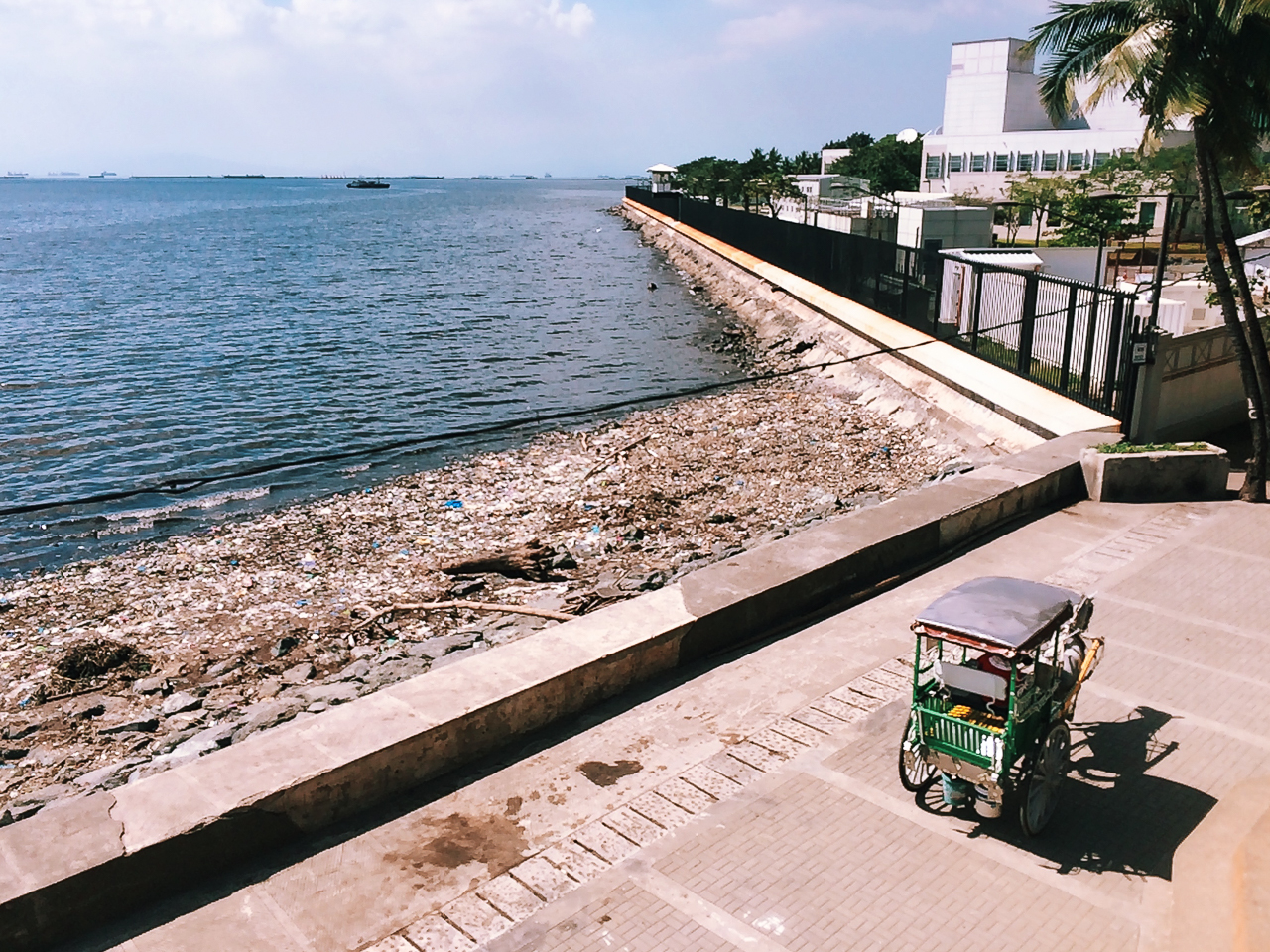
Garbage on the waterfront
Accommodation in Manila
We rented an apartment through Airbnb in a high-rise building in downtown Pearl of the Orient Tower. Due to a good discount, we were able to fit it into our budget. Check-in was in the afternoon, and we arrived early in the morning. After spending a couple of hours at McDonald's, we went to explore the opened Robinsons Place Mall. A large affluent center with a good selection of shops and food in stark contrast to the outdoor setting. After walking around the store and charter, we were able to persuade the owners of the apartment to move us in a little early.
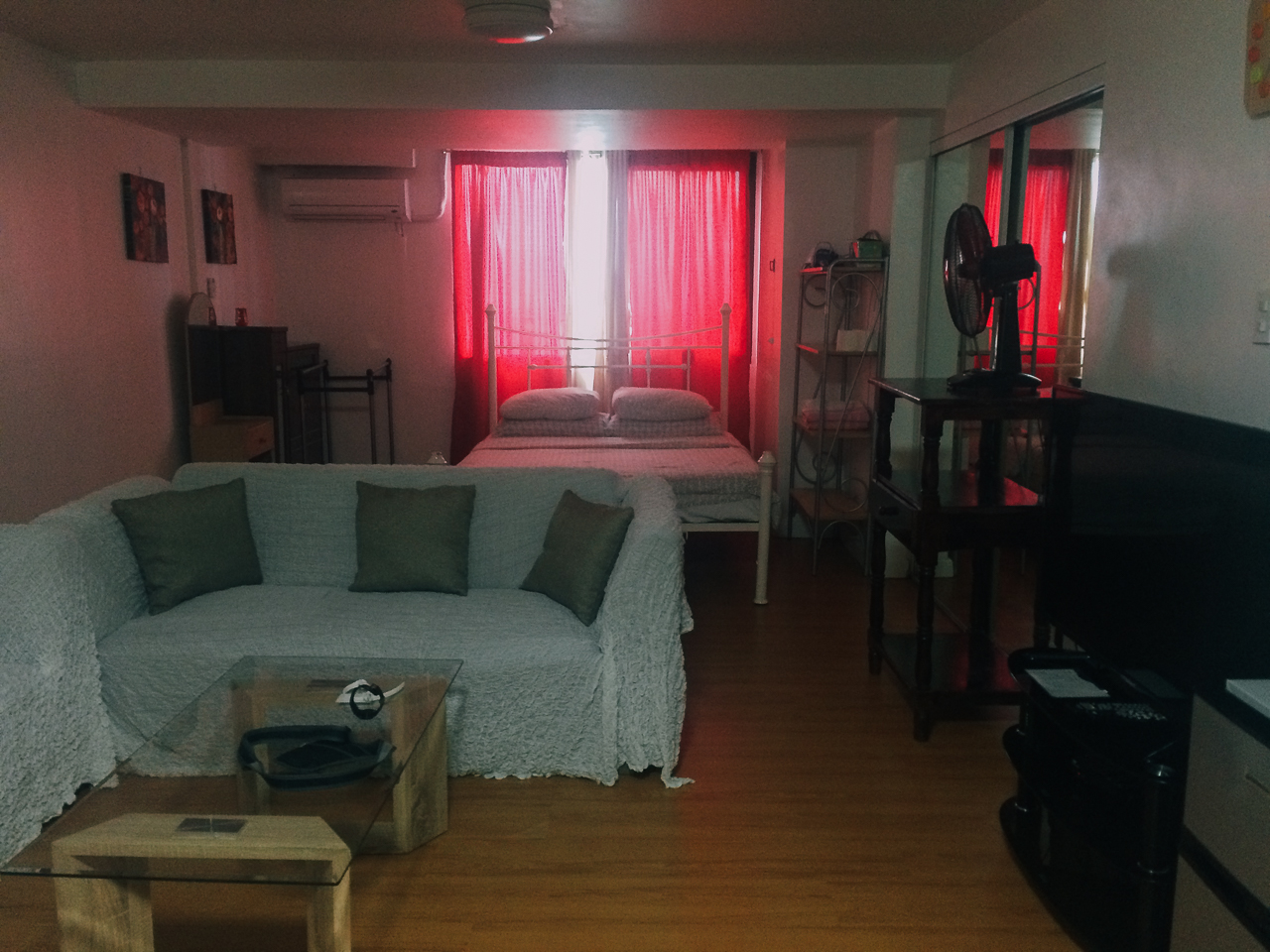
Apartments in Pearl of the Orient Tower
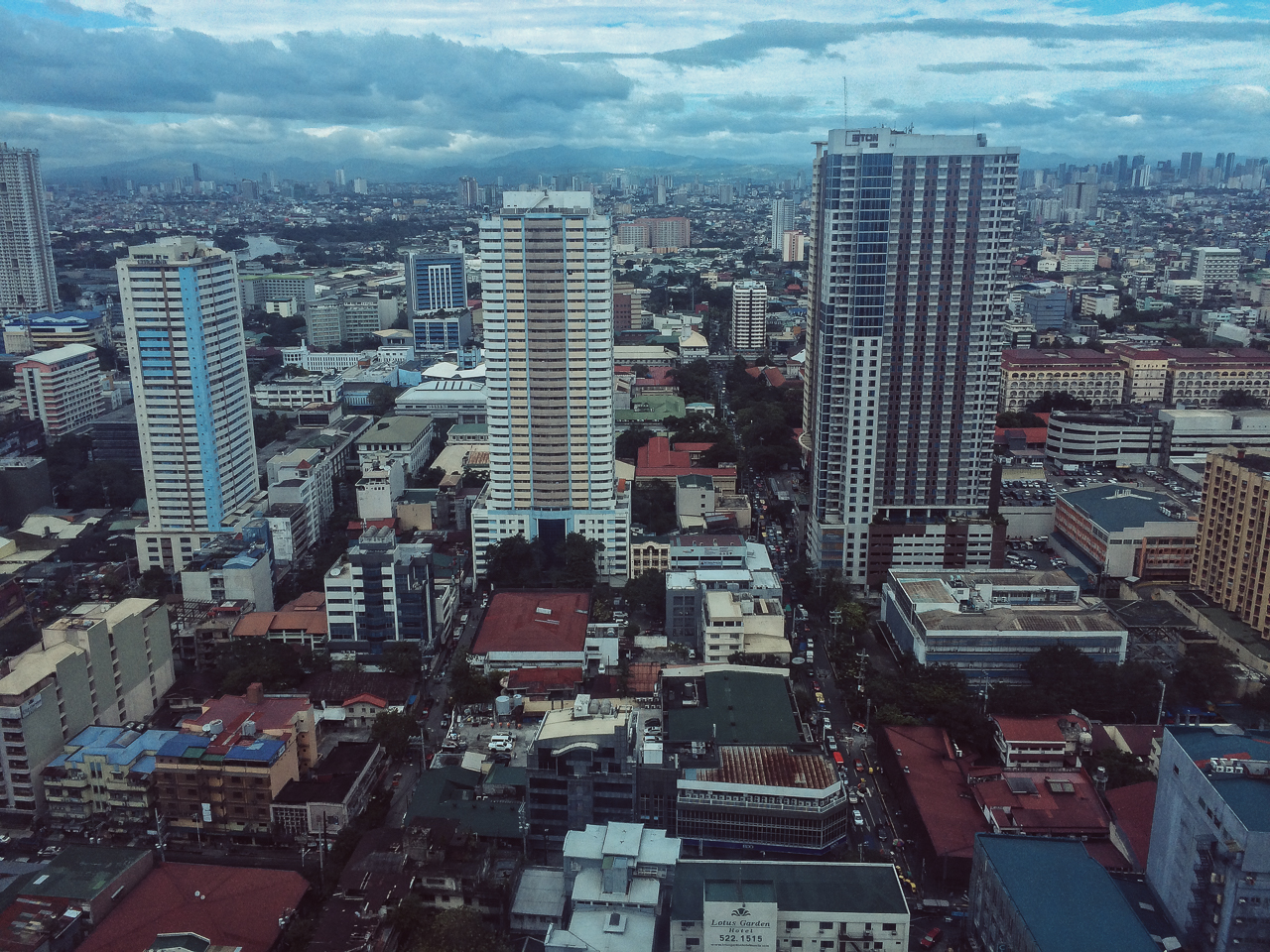
View from the window, Manila
By this time, we had already begun to regret that we decided to stop for a few days in Manila, and did not fly straight to Bohol. But nevertheless, we rallied and walked around the main attractions in the following days.
Manila landmarks
The list is not complete. We show the places where we have been.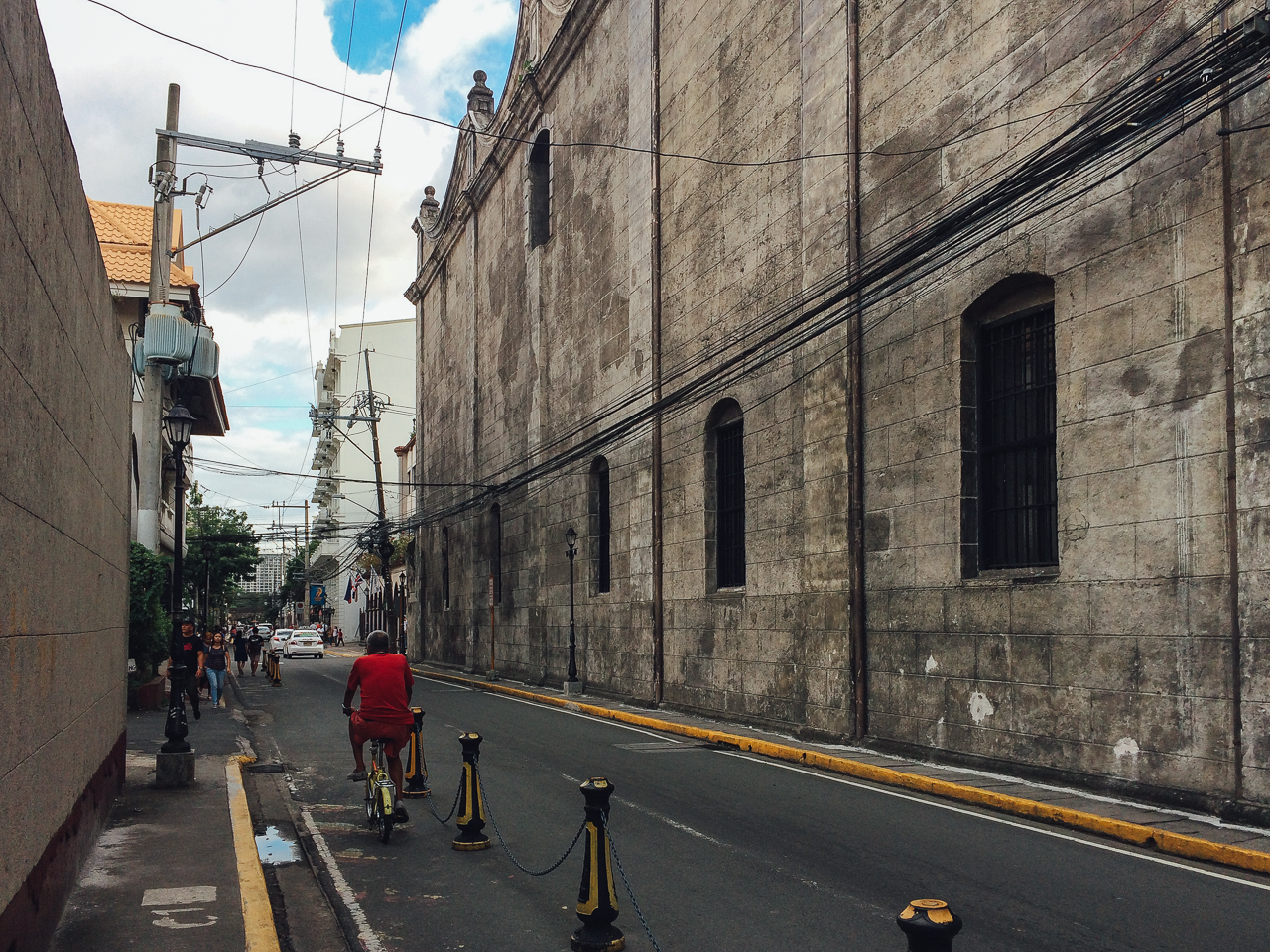
Intramuros, Manila
Intramuros, or the city outside the walls, is Manila's main attraction. It is the ruins of an old fortified city built in the 16th century by the Spanish colonialists. In truth, after the Second World War, not many original buildings survived in Intramuros, but ancient cathedrals, universities, examples of Spanish architecture and various monuments are concentrated here. If you have one day in Manila and you don't know what to see - go to Intramuros.
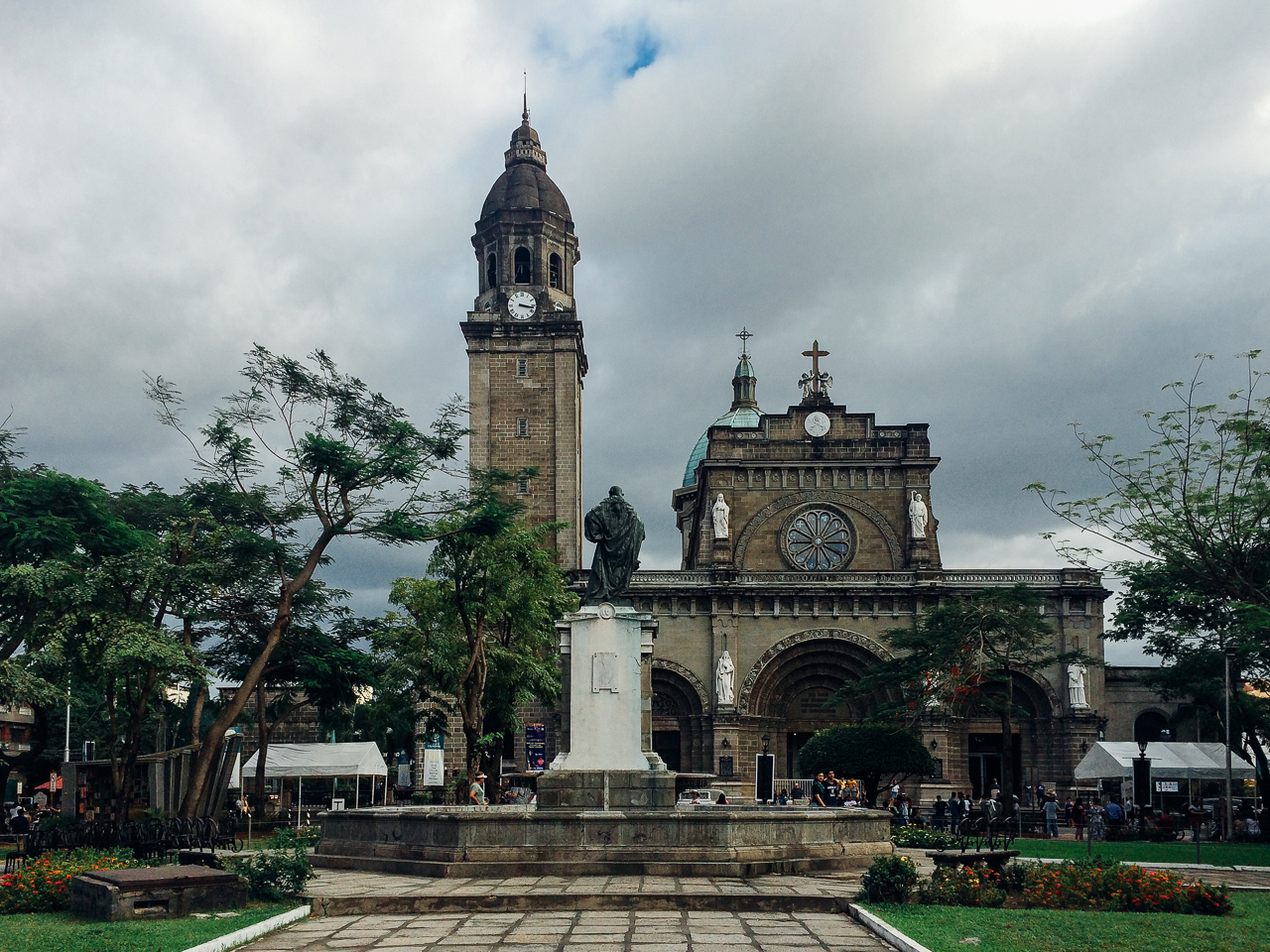
Manila Cathedral - main basilica of the Philippines, Intramuros
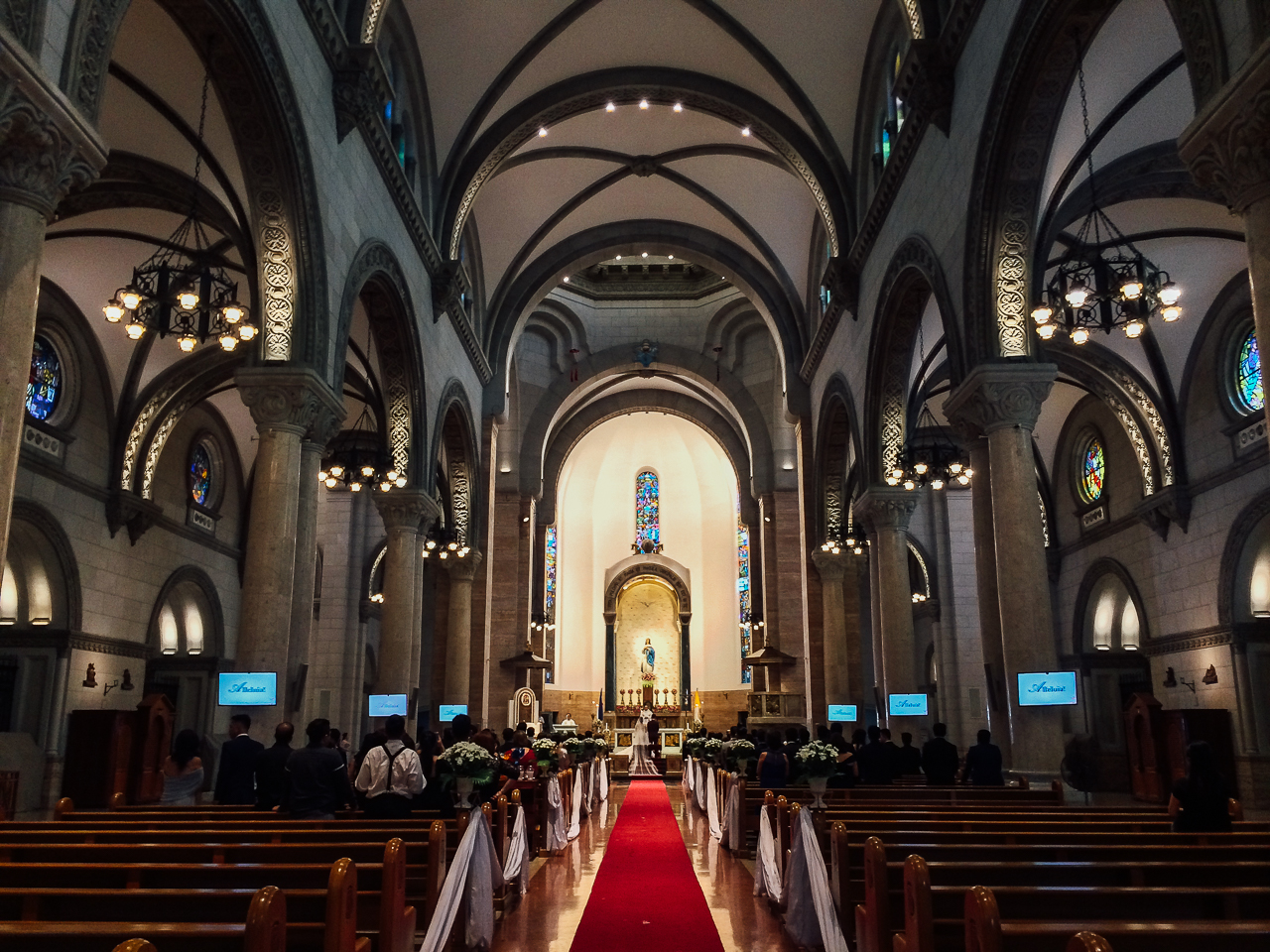
Manila Cathedral has been rebuilt many times since the 16th century, Intramuros
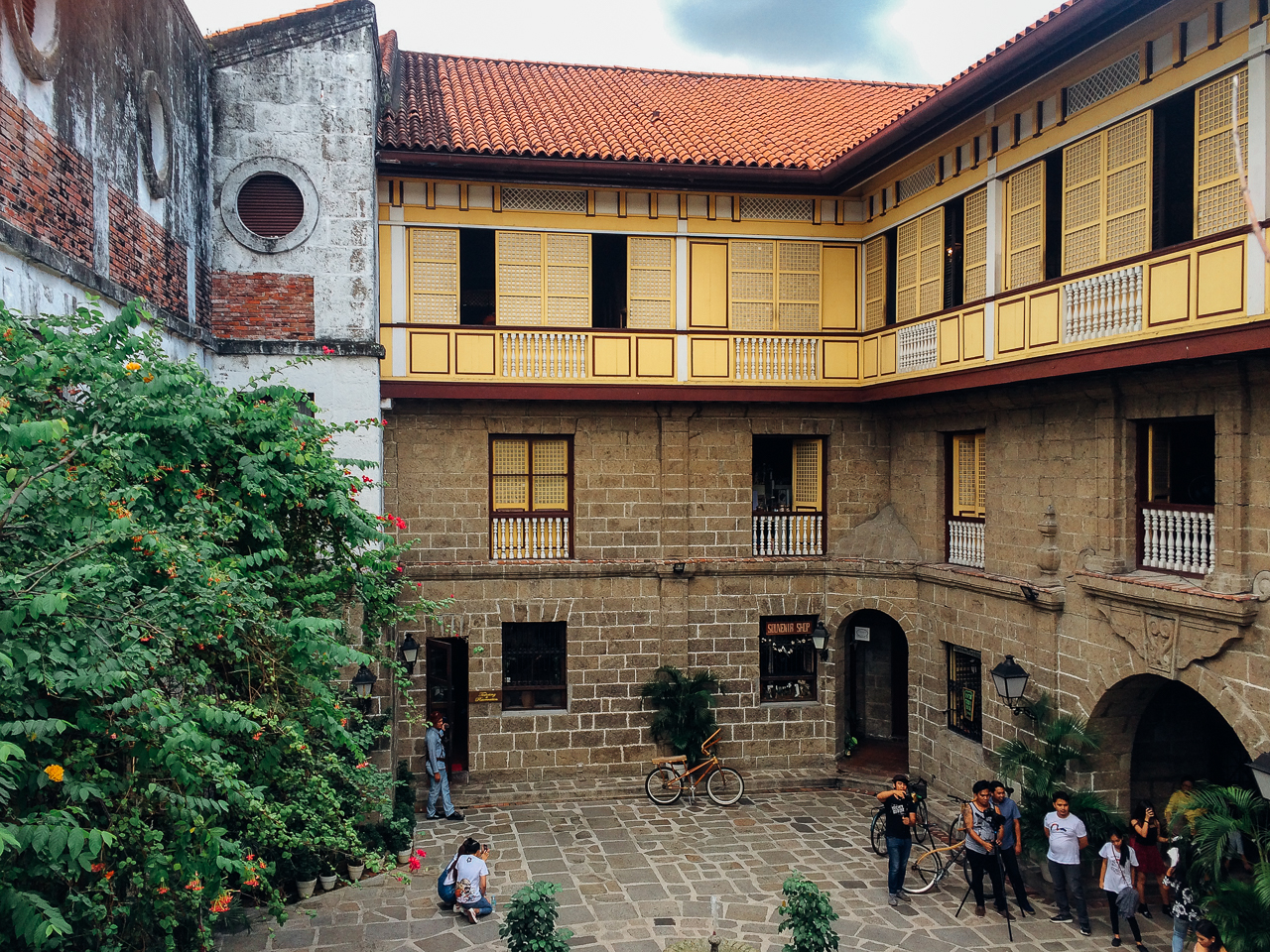
Casa Manila - an example of colonial architecture, Intramuros
The Church of St. Augustine is the only Intramuros cathedral that has survived since the 17th century. Included in the UNESCO World Heritage List. It was not possible to get inside, as the wedding was taking place there.
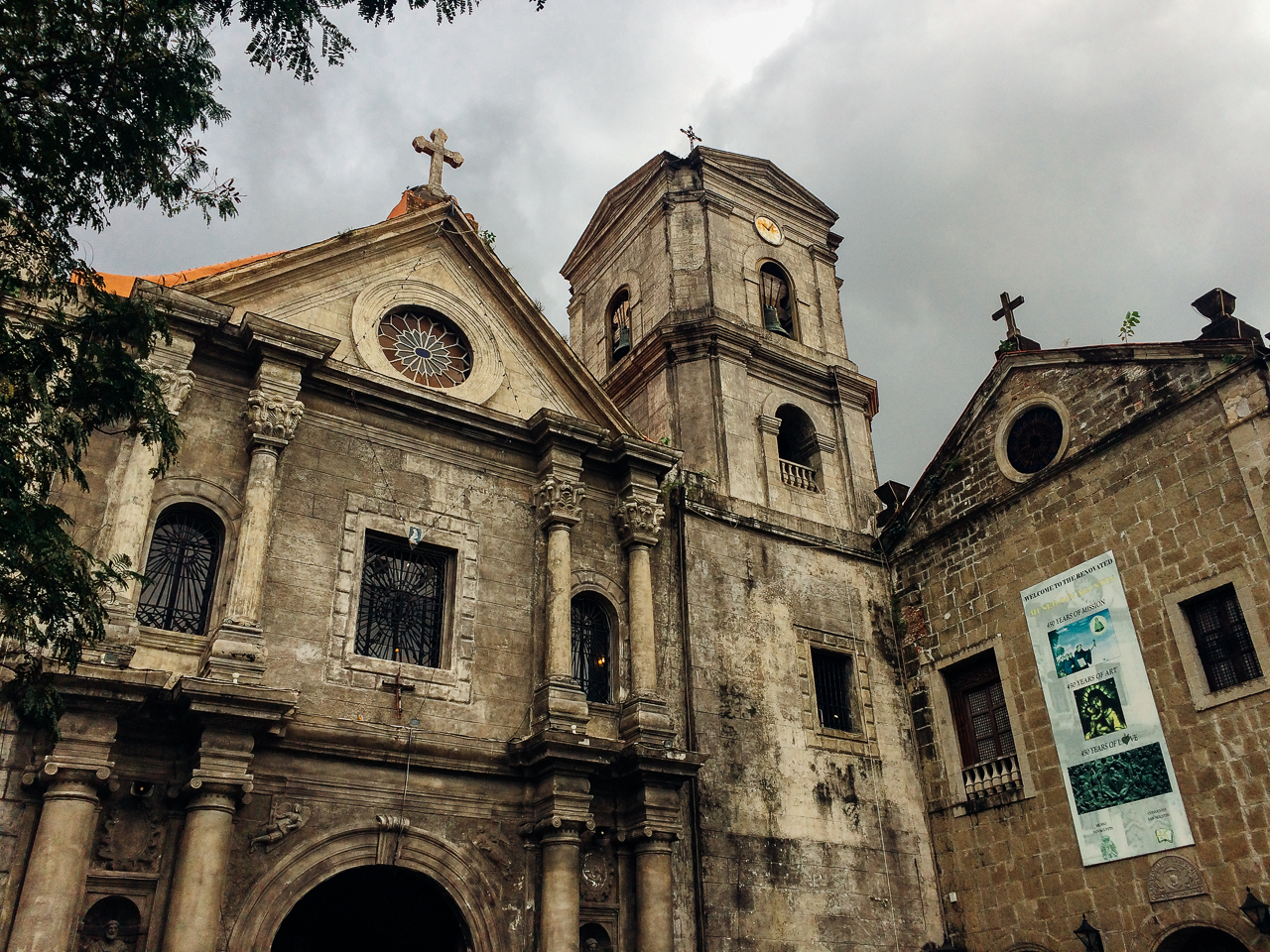
Church of St. Augustine, Intramuros
Jose Rizal Park
The Jose Rizal Historical Park is located near Intramuros. Named after the national hero and symbol of the Philippine revolution for independence from the Spaniards. This is a city park with musical fountains, museums and monuments. Nice place to walk, but there are a lot of people on weekend evenings.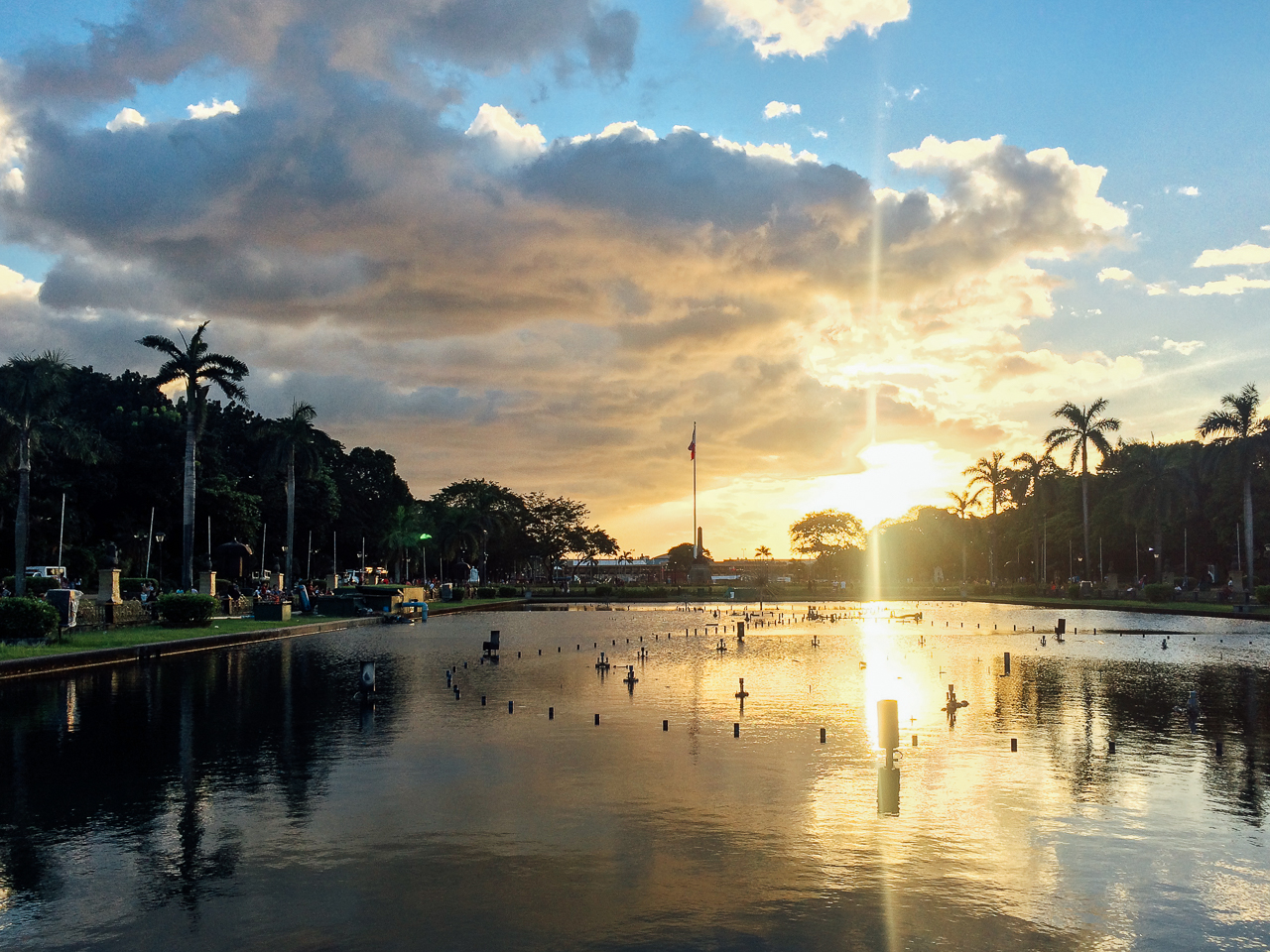
Jose Rizal Park
Manila's Chinatown
Binondo is the oldest Chinatown in the world (!). When the Spanish arrived in the Philippines in the 16th century, this place was already a concentration of Chinese trade. Today it is also a conglomeration for Chinese shops, restaurants and Chinese festivals. But, to be honest, if you have already seen a dozen of Chinatowns, then it is difficult to be impressed.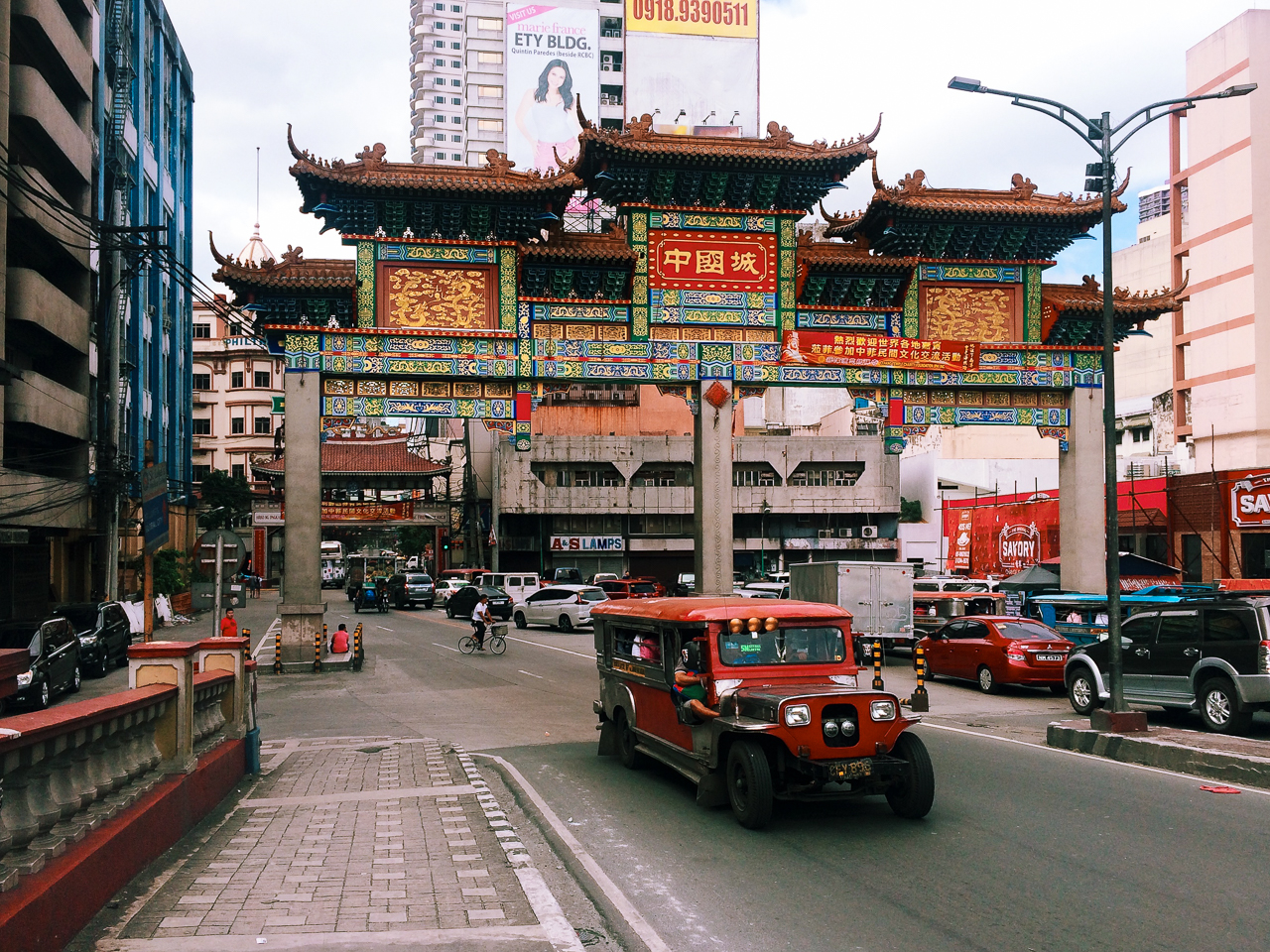
The world's oldest Chinatown, Manila
Mall of Asia
As you browse the lists of attractions in Manila, you are bound to stumble upon two or more must-see malls. We lived next to Robinsons Place Mall and went to see the Mall of Asia. The usual large shopping centers, which stand out except for the contrast of expensive shops with the poor on the streets. If you do not need to go to the store, then you can safely skip.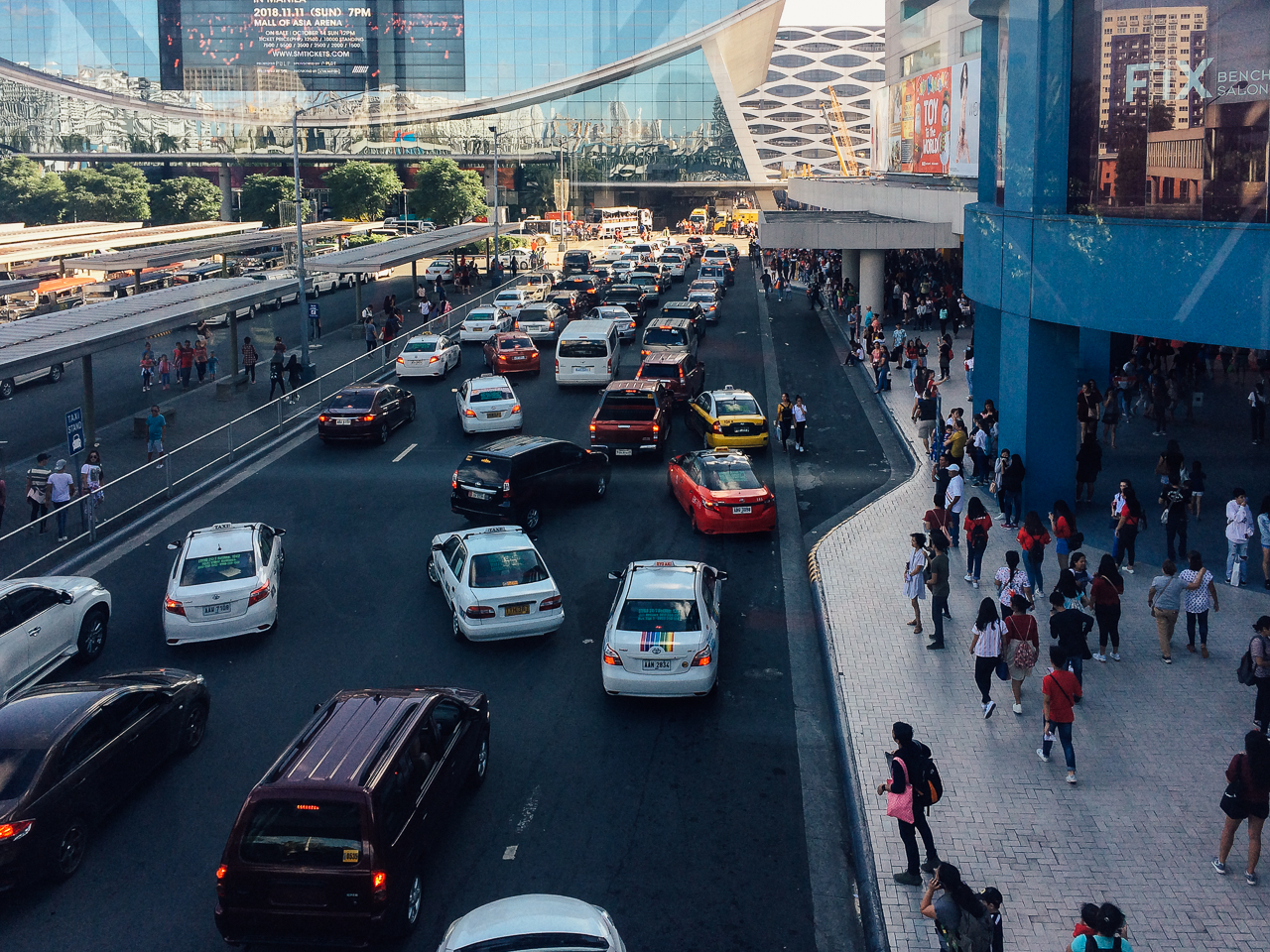
Mall of Asia, Manila
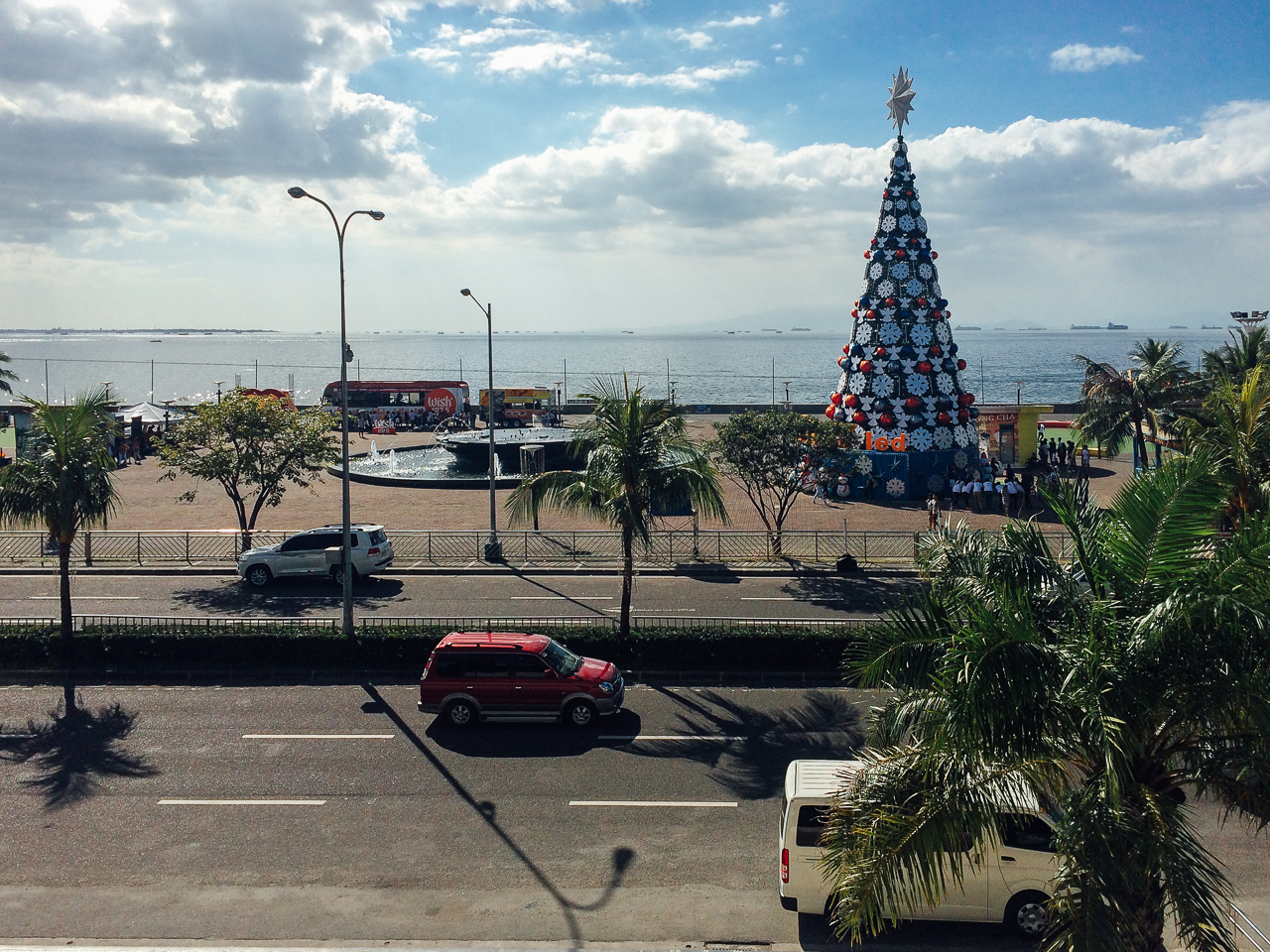
Christmas tree near Mall of Asiа
Manila did not make a very pleasant impression on us. Poverty and devastation were able to surprise us even after a dozen Asian megacities. The contrasts between the crowds of the homeless and the glittering boutiques are overwhelming; this is not an ordinary provincial Laos. We didn't feel safe on the streets of Manila. Almost all establishments have armed guards, and passers-by are tightly clutching their bags. From Manila we flew to Bohol Island. About him in the next story.




